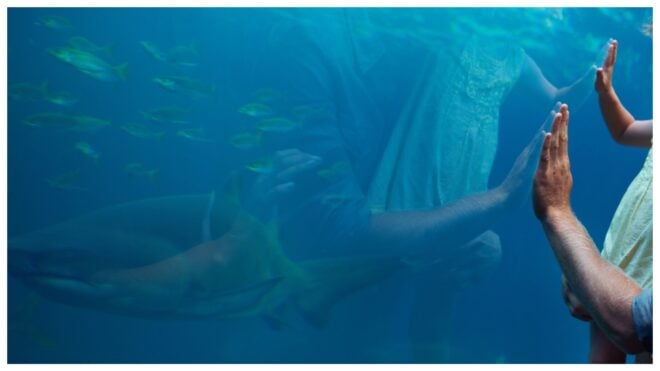There are few creatures in the world as majestic as the bald eagle. That’s part of the reason that, out of all of the animals in the world, the United States of America chose the bald eagle as our emblem and patriotic symbol.
Unfortunately, despite being beautiful, brave, and fiercely independent, these eagles haven’t always had the easiest time of it.
Like many of the stunning, disappearing animals documented by Joel Sartore, these creatures have suffered over the last century.
The massive, elegant hunters once lived all across North America before their populations started plummeting — largely due to the use of some pesticides. In fact, researchers estimate that in the 1800s, there were hundreds of thousands of these birds, but, by the 1950s, there were fewer than 1,000 of these beautiful wild animals left.
But just when things were looking bleak, this nation banded together, and decided that it was time, once and for all, to do something to save our national bird!
Scroll through the gallery below to learn more about the actions we took, and to see bald eagles in the wild in a stunning series of photos from Ramon Clausell.
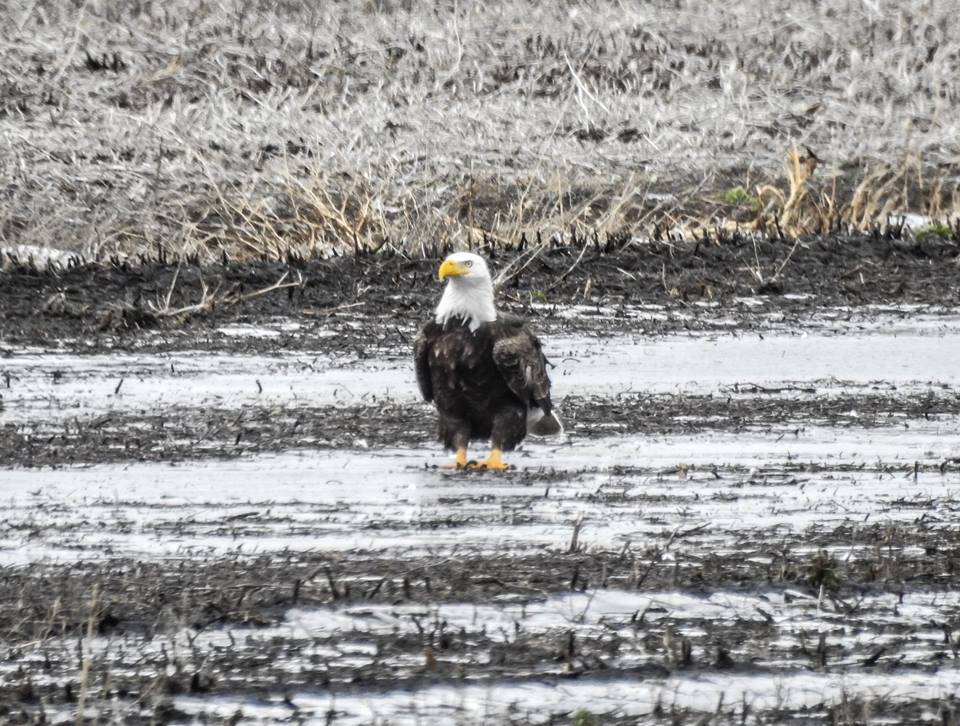
In the 1940s, an act was put into place to protect bald eagles from all forms of trapping, hunting, and trophy-taking.
By 1967, the populations had made some small strides, though the numbers were still low enough for the bird to be placed on the endangered species list.
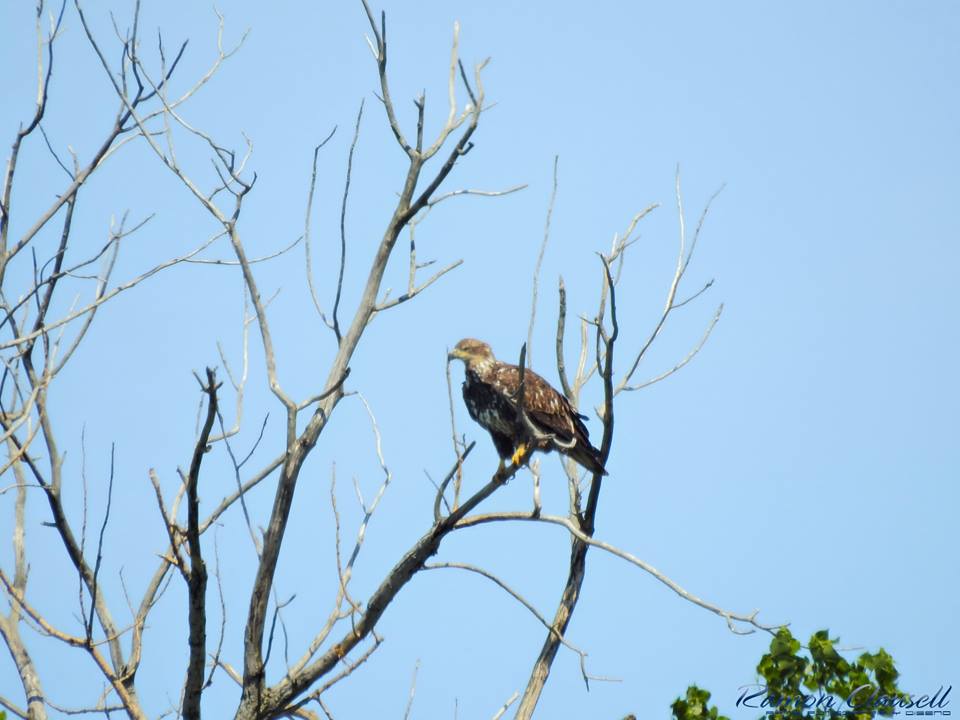
Then, in the 1970s, the United States made the biggest stride toward protecting the eagle (and countless other species) by banning the pesticide DDT.
In humans, it is acutely toxic and linked to cancer. In birds, it causes eggshells that are too thin and hatch too soon, keeping bird populations from growing.
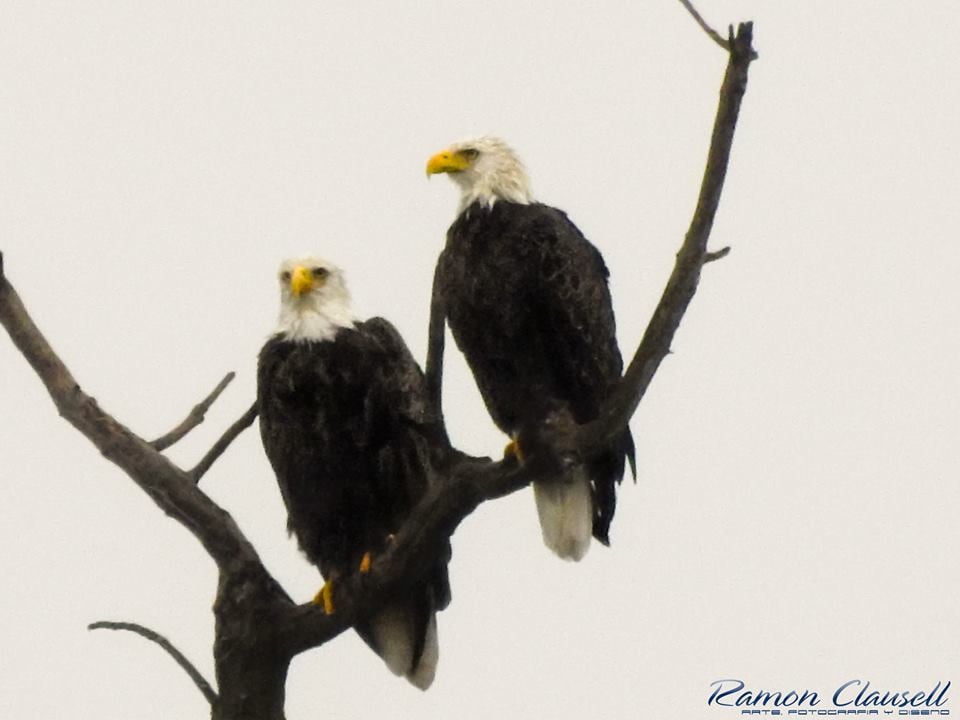
With the ban of DDT, eagle populations soared.
By the 1980s, a group of fewer than 1,000 birds had swelled to 100,000 bald eagles.
Bald eagles mate for life, and researches started noticing more and more mated pairs in Alaska, Florida, Minnesota, and British Columbia.
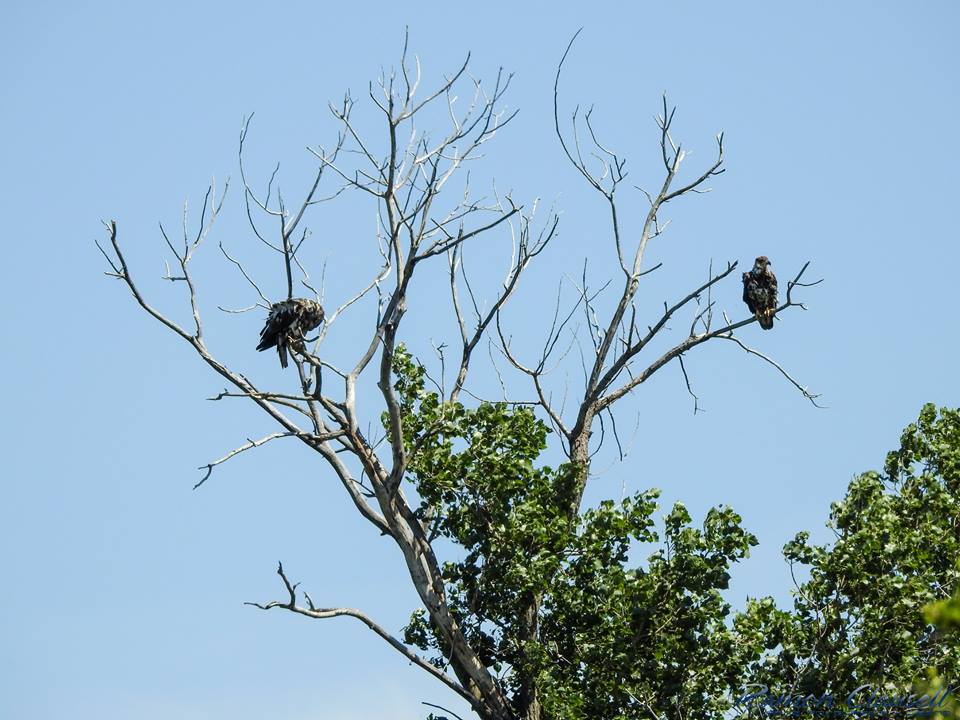
In 2007, the bald eagle was removed from the endangered species list, indicating how completely the bird has recovered in the past 50 years.
In fact, just days ago, bird enthusiasts at Montezuma Wildlife Refuge in upstate New York spotted 30 young bald eagles in a single tree, with a count of more than 70 eagles total for the park.
If that’s not a sign that the bald eagle is majestic and free in America once more, I don’t know what is!
Please spread the word about the incredible efforts to save our national bird and SHARE on Facebook!


